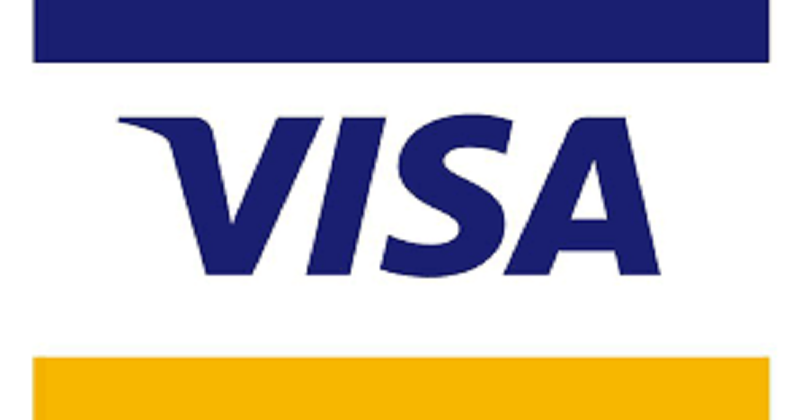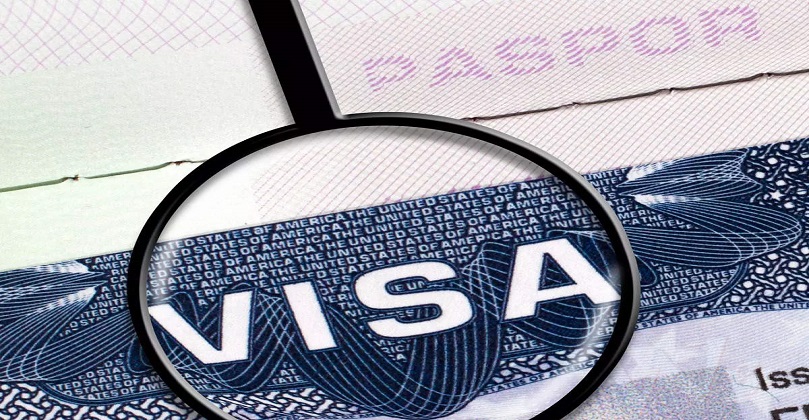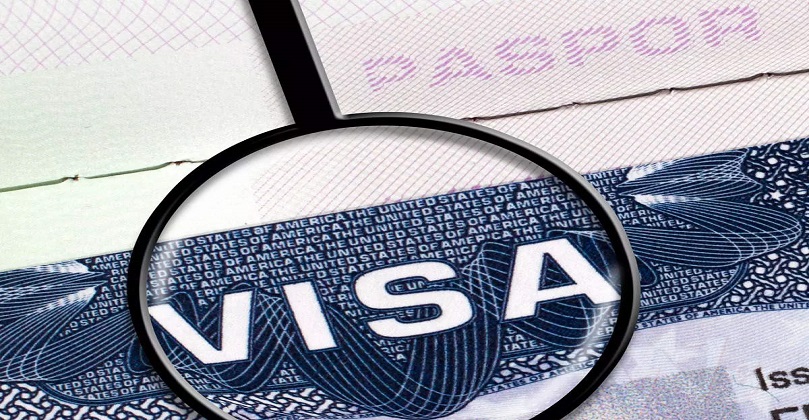Table of Contents
Working In Europe – How To Get An EU Visa / Work Permit: Europe is a desirable destination for many professionals looking to expand their careers and experience different cultures. However, working in Europe can be challenging for non-EU citizens as they need to obtain a visa or work permit to be legally employed in the EU. In this article, we’ll discuss how to get an EU visa or work permit and explore some frequently asked questions about working in Europe.

Types of EU Visas and Work Permits
The European Union offers several types of visas and work permits depending on the purpose of your visit, the duration of your stay, and your qualifications. Some of the most common types of visas and work permits are:
- Short-term visa: A short-term visa allows you to stay in the EU for up to 90 days within a six-month period. This type of visa is suitable for business trips, conferences, or tourism.
- Long-term visa: A long-term visa allows you to stay in the EU for more than 90 days, but less than a year. This type of visa is suitable for students, researchers, and individuals seeking employment.
- EU Blue Card: The EU Blue Card is a work permit that allows highly skilled non-EU citizens to work and live in the EU. To be eligible for the EU Blue Card, you must have a university degree or five years of professional experience, a job offer from an EU employer, and a salary that meets the national threshold.
- Seasonal Work Permit: A seasonal work permit is suitable for non-EU citizens who wish to work in the agricultural, horticultural, or tourism sectors for up to six months.
- Intra-corporate Transferee (ICT) Permit: The ICT permit allows employees of multinational companies to transfer to an EU branch for a limited time. To be eligible for the ICT permit, you must have worked for the company for at least one year and have the necessary qualifications and skills.
How to Apply for an EU Visa or Work Permit
The application process for an EU visa or work permit varies depending on the country you want to work in and the type of permit you need. In general, the application process involves the following steps:
- Find out which type of visa or work permit you need and which country you want to work in.
- Gather all the necessary documents, such as your passport, proof of employment or education, and travel insurance.
- Fill in the application form and pay the application fee.
- Attend an interview at the relevant embassy or consulate.
- Wait for your application to be processed, which can take up to several weeks or months.
- If your application is approved, you will receive your visa or work permit.
Frequently Asked Questions about Working in Europe
Can I work in any EU country with an EU Blue Card?
No, the EU Blue Card is issued by a specific country and is only valid in that country. However, you can apply for an EU Blue Card in one country and then use it to work in another country after meeting certain conditions.
Can I apply for an EU visa or work permit if I don’t have a job offer?
It depends on the type of visa or work permit you are applying for. For example, you can apply for a long-term visa if you plan to look for work in the EU, but you will need to prove that you have sufficient funds to support yourself during your stay. Similarly, you can apply for an EU Blue Card without a job offer, but you will need to demonstrate that you have the qualifications and skills to find a job in the EU


